Mouth Cancer: Signs, Stages & Treatment
 Magdalena
|
Magdalena
|
 13 Aug 2025
13 Aug 2025
What is Mouth Cancer, and where can it occur
Mouth cancer, also called oral cancer, is when abnormal cells start growing uncontrollably somewhere inside your mouth. It’s not just one place—it can show up in a bunch of areas. Like on the lips, the tongue, inside the cheeks, or even on the roof of the mouth or the floor of the mouth, just under the tongue.
It doesn’t always start out looking dangerous. Sometimes it just looks like a small sore or patch that doesn't go away. That’s why it often gets missed early on. A lot of people ignore it until it becomes a bigger problem.
Even pets can get it—Mouth Cancer in dogs is a real thing. They can develop tumors on their gums or tongue too.
Common symptoms of Mouth Cancer
The tricky part about Mouth Cancer is that it doesn’t always hurt at first. But there are warning signs if you know what to look for.
-
A sore in the mouth that just won’t heal, even after a couple weeks
-
A Mouth Cancer lump, usually firm and doesn’t go away
-
Red or white patches on your tongue or gums
-
Pain while chewing or swallowing
-
A rough spot or sore spot on the roof of the mouth or inside cheek
-
Swelling that makes it hard to wear dentures or close your mouth
-
Difficulty speaking or moving your tongue normally
Cancer on roof of mouth often feels like a bump or sore that doesn’t heal, and floor of Mouth Cancer can make it uncomfortable to move your tongue or even eat.
It’s not always dramatic at first, but if it’s not healing or keeps getting worse, don’t wait.
What causes Mouth Cancer or raises the risk
There are a bunch of reasons someone might get mouth cancer, and it’s not always just bad luck. A lot of risk comes from lifestyle.
Tobacco use is the number one risk—cigarettes, cigars, chewing tobacco, even betel nut. It irritates the mouth and causes precancerous Mouth Cancer spots to form, which can turn into tumors later.
Heavy alcohol drinking also raises the risk. When someone drinks and smokes together, the risk gets way worse.
Then there’s HPV, a virus that’s often passed through oral sex. It’s now known to cause some types of early stage mouth cancer, especially in younger people.
Too much sun exposure to the lips without protection can lead to lip cancer, and bad oral hygiene or rough dental work can irritate the mouth lining.
It's not always one thing, but the more risk factors you have, the more important it is to pay attention.
Early warning signs you shouldn’t ignore
Some signs of early Mouth Cancer get dismissed because they seem minor. People wait too long, thinking it’s just a sore or maybe a stubborn ulcer. But it’s those small things that matter.
-
Voice changes, like hoarseness that won’t go away
-
Persistent bad breath, even after brushing
-
A feeling like something’s stuck in the throat
-
Numbness in the tongue or cheek
-
Pain on one side, like discomfort in the left jaw or neck
If you’re wondering about the difference between mouth ulcer and cancer, here’s the deal—an ulcer usually heals in 1-2 weeks. It may hurt, but it fades. Cancer doesn't go away and often doesn’t hurt at first. It might bleed, feel firm, or slowly grow.
Don’t wait more than 2-3 weeks if something isn’t healing or feels off.
How Mouth Cancer is diagnosed
If your dentist or doctor sees something suspicious, they’ll usually start with a simple visual exam. They’ll check the inside of your cheeks, under your tongue, and along your gums.
If they find something, the next step is usually a biopsy, where a small bit of tissue is taken and sent to a lab. That’s the only way to know for sure if it’s cancer.
Other tests like CT scans, MRI, or even X-rays might be used to check if it’s spread to the jaw or neck. Catching it early makes all the difference.
At Sanford Pharmacy, patients are often referred after early diagnosis to get help managing treatment side effects and staying on track with care.
Different types of Mouth Cancer
There’s not just one kind of mouth cancer—there are several types, and some are more aggressive than others.
-
Squamous cell carcinoma is the most common. It starts in the thin, flat cells lining the mouth.
-
Verrucous carcinoma is slower-growing but still needs treatment. It can show up in people who chew tobacco.
-
Minor salivary gland cancer happens deeper in the mouth—on the roof or back of the throat.
-
Other rare types include melanomas, lymphomas, and sarcomas, which form in connective tissue.
The type of cancer helps guide which treatment plan is best.
Treatment options for Mouth Cancer
Treatment depends on where the cancer is and how far it’s spread. Some people only need surgery. Others might need a mix of treatments.
-
Surgery removes the tumor and sometimes nearby tissue
-
Radiation therapy uses high energy to kill leftover cancer cells
-
Chemotherapy is used if the cancer has spread beyond the mouth
-
Targeted therapy goes after specific cancer cells without hurting healthy ones
Some people get just one treatment. Others might get two or three together. Your doctor will create a plan that fits your specific case.
Sanford Pharmacy supports patients by helping them stay on top of medications, pain relief, and daily care during their recovery.
Living with mouth cancer: recovery and daily life
Life after Mouth Cancer is different. For some, it’s a big adjustment. Talking, eating, and smiling can feel harder, especially right after surgery or radiation.
-
You might have trouble speaking clearly for a while
-
Eating soft foods may be easier than chewing regular meals
-
Some people lose weight or need a feeding tube during recovery
-
There may be changes in appearance that take time to adjust to
-
Emotionally, it can feel heavy—sadness, anxiety, or even fear of eating in public
Some patients also report strange sensations like bitter taste or something metallic—like the pancreatic cancer taste in mouth some chemo patients talk about. It’s not permanent but can last a while.
Support matters. From speech therapy to diet plans, to just having someone to talk to—recovery is physical and emotional.
Preventing Mouth Cancer through healthy habits
There’s no full-proof way to prevent it, but there’s a lot you can do to lower your risk.
-
Quit smoking—any tobacco raises the risk
-
Drink less alcohol, or avoid it altogether
-
Brush and floss daily, and don’t skip the dentist
-
Wear lip balm with SPF if you’re out in the sun a lot
-
Get the HPV vaccine to reduce risk from virus-linked cancers
-
Watch for early signs—don’t let sores or patches hang around too long
At Sanford Pharmacy, we help people with tobacco cessation products and info on keeping their mouths healthy.
When to see a doctor or dentist about a mouth problem
If something feels off, and it’s been more than two weeks, get it checked. Doesn’t matter if it’s painless or small.
– A sore that won’t heal
– A lump that stays in place
– Swelling, numbness, or patches that don’t fade
– Trouble eating, swallowing, or speaking normally
Especially if you have risk factors like smoking, drinking, or HPV, don’t wait. That little patch could be nothing. But it could also be early stage mouth cancer, and the sooner you know, the better the outcome.
Sanford Pharmacy is here to help guide your care, from diagnosis support to managing treatment. Mouth Cancer is serious, but with early help and the right team around you, recovery is possible. Don’t ignore the signs. Speak up, check in, and take care.
Categories
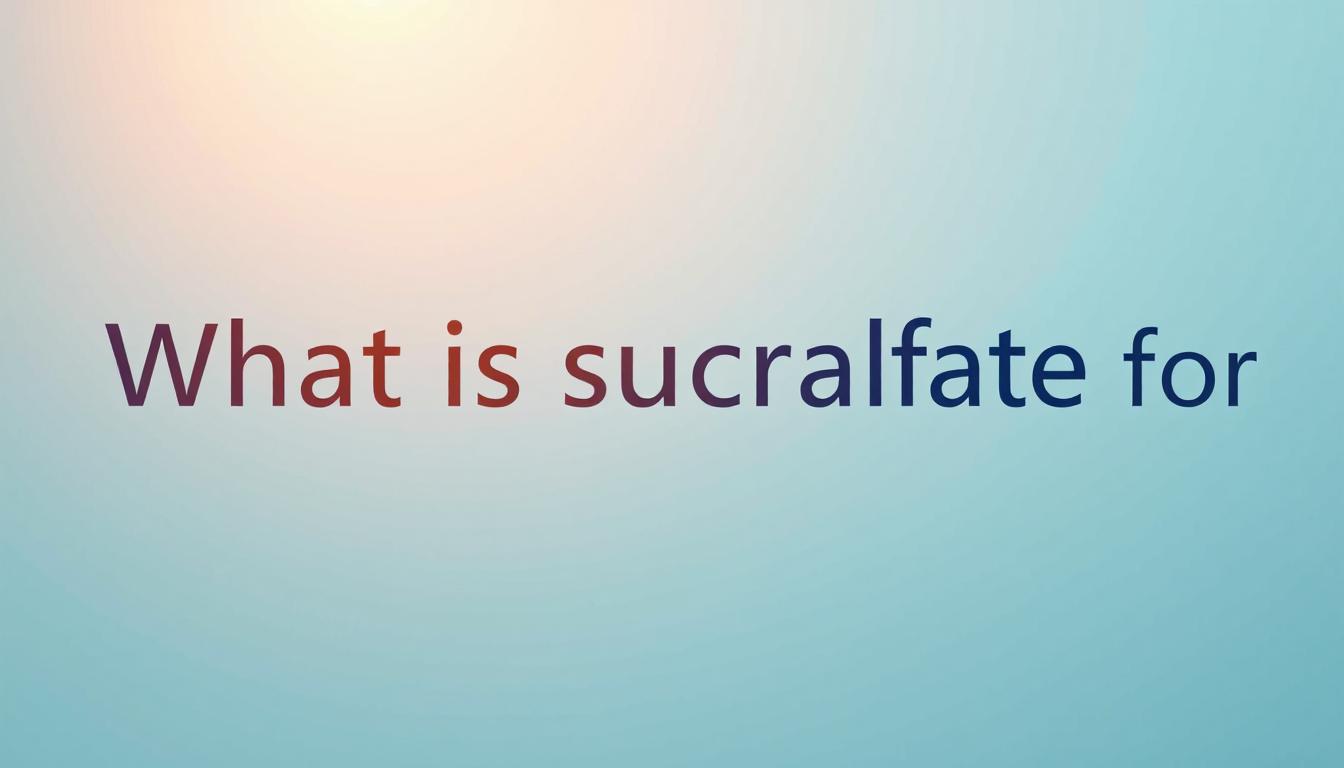
What Is Sucralfate Used For?
 Abdullah
Abdullah
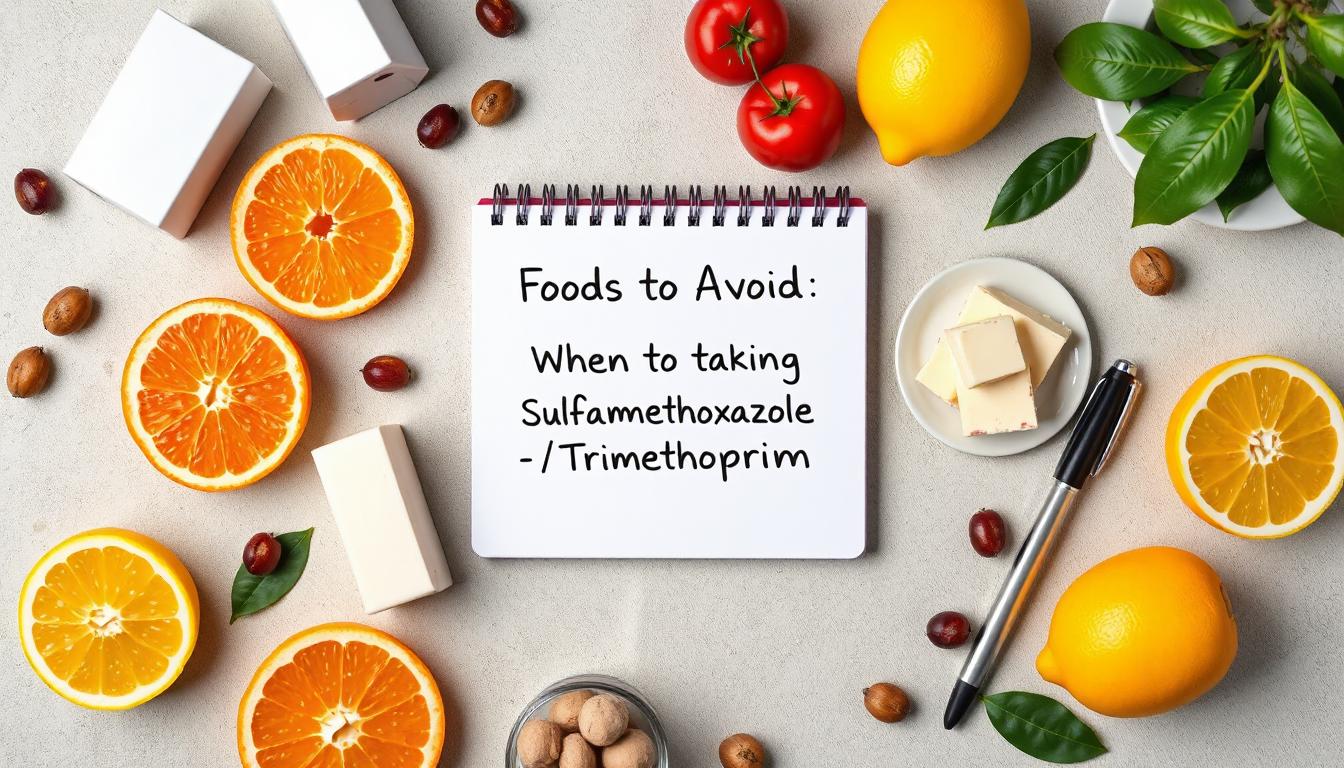
Foods to Avoid When Taking Sulfamethoxazole / Trimethoprim
 Ibrahim
Ibrahim

What Is Rifaximin Used For?
 Aden
Aden
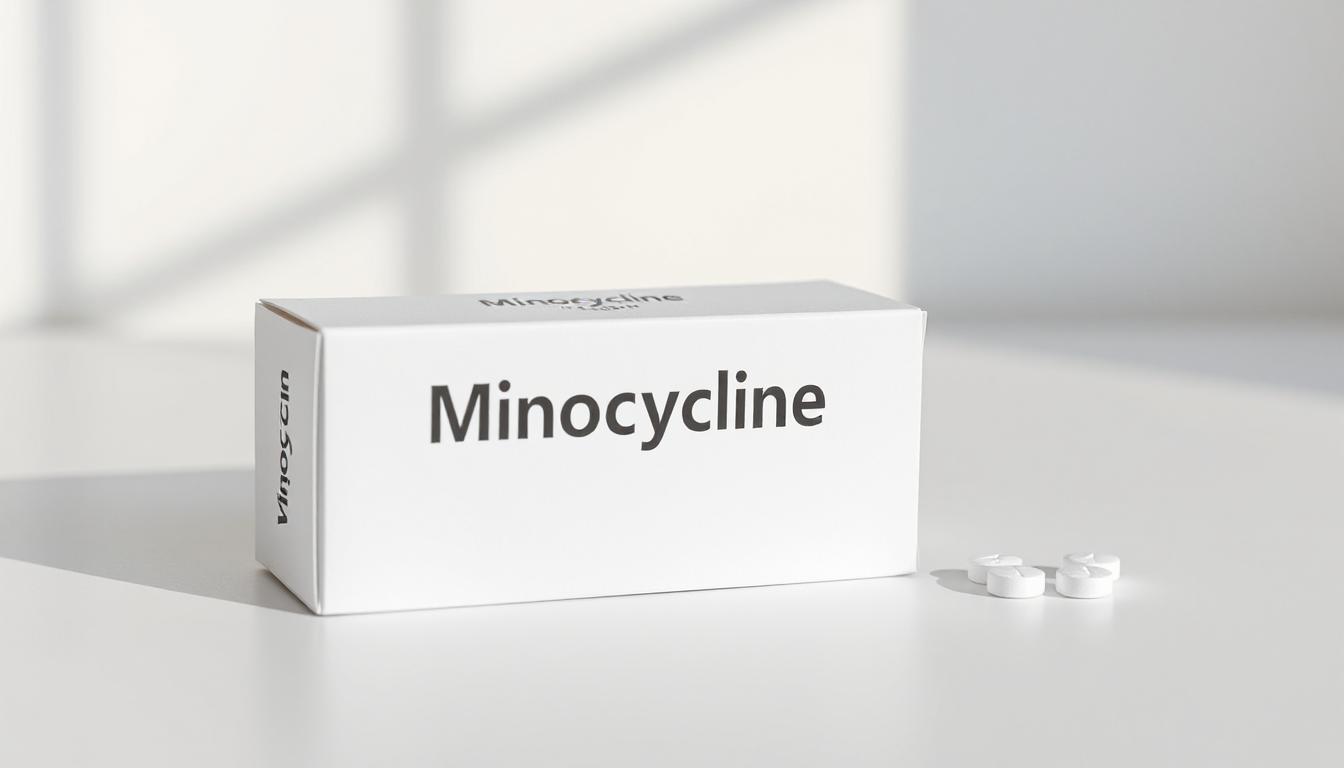
What is Minocycline?
 Tina
Tina

How Long Does Levofloxacin Stay in Your System
 Annette
Annette

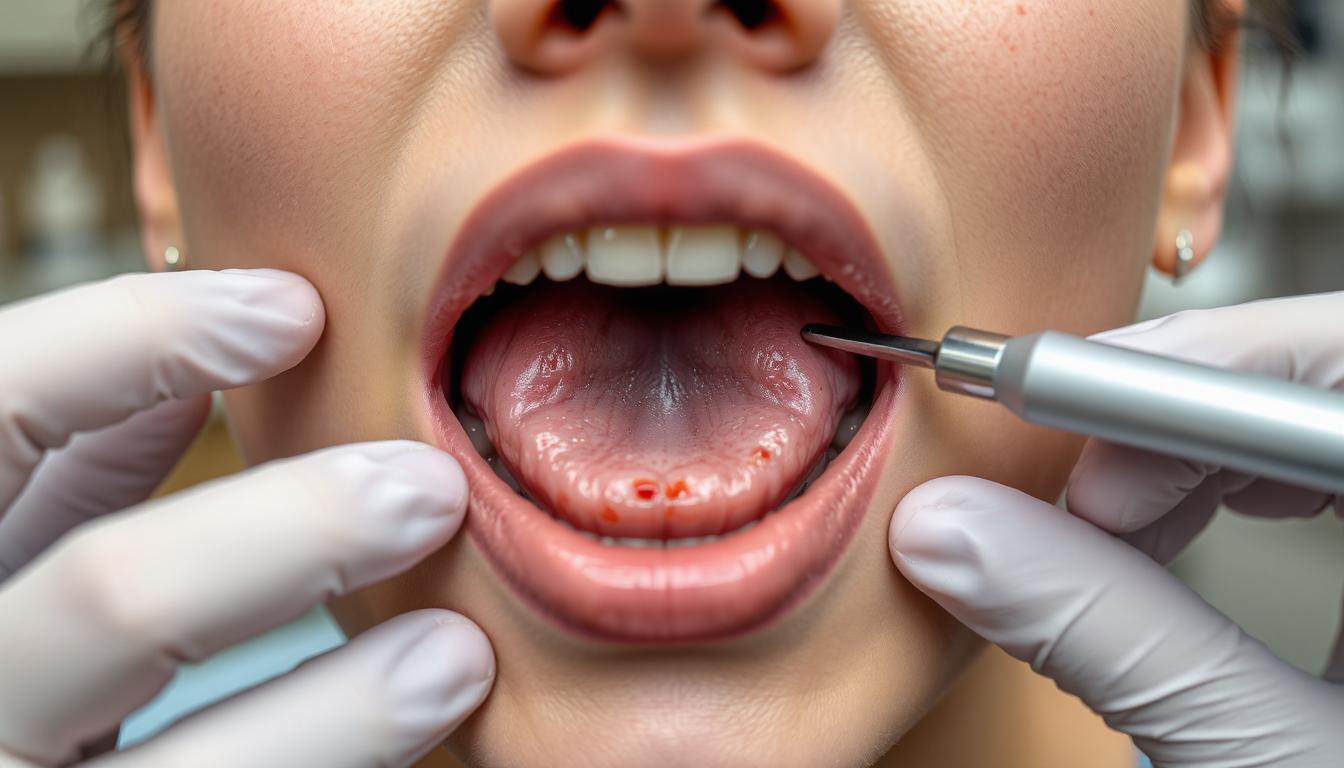
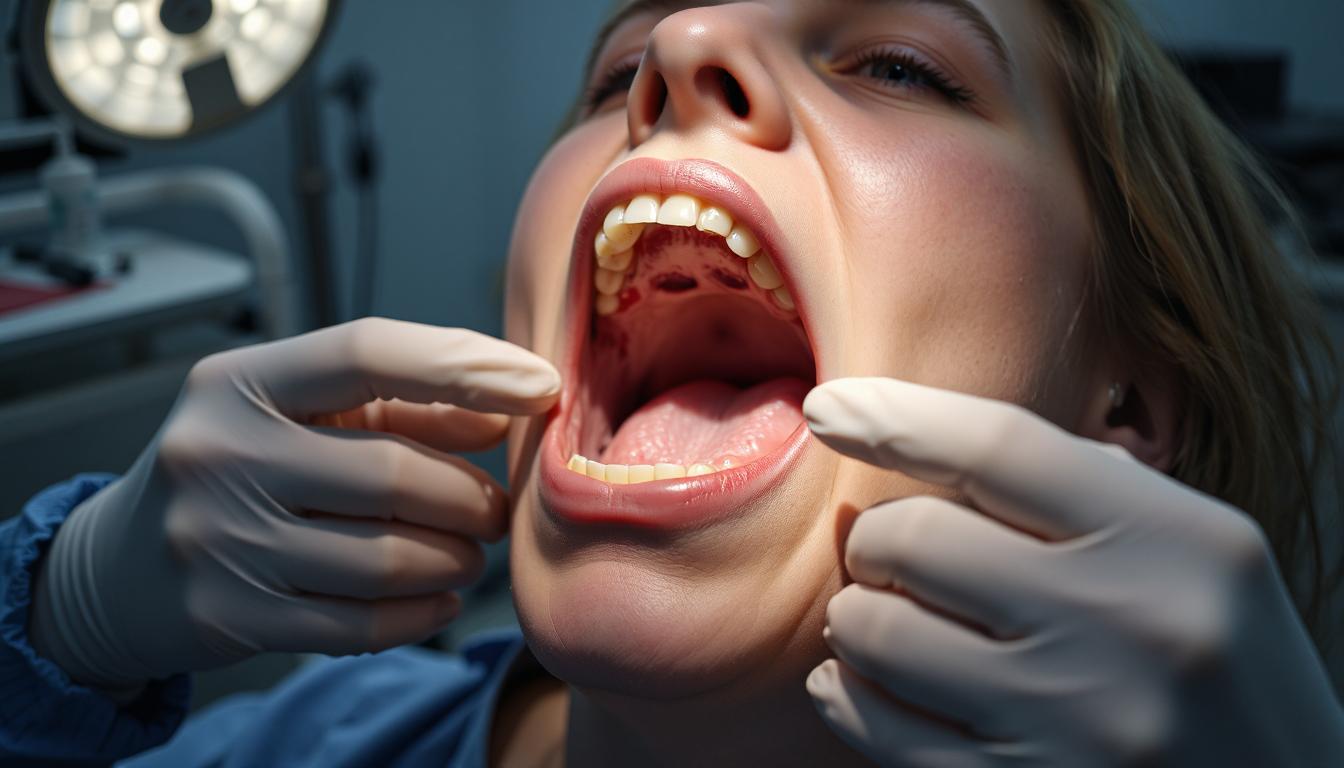
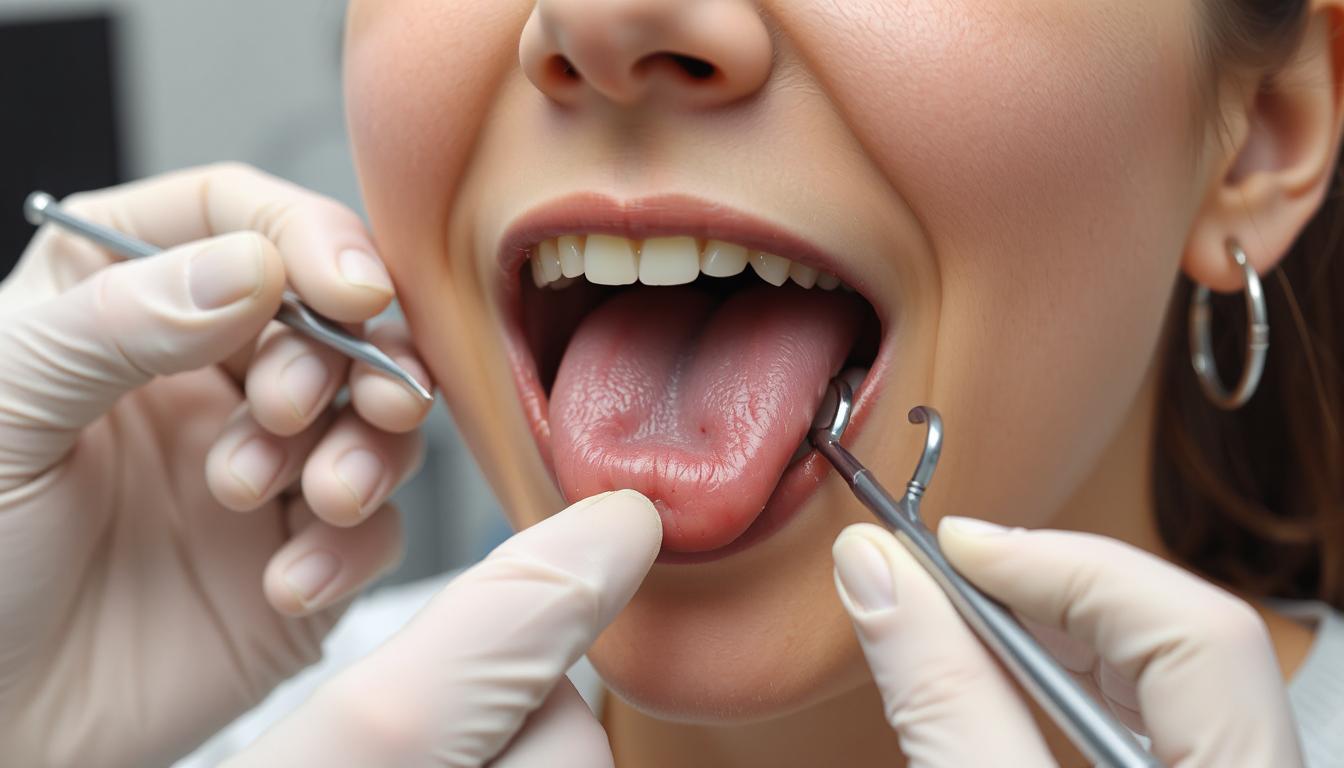







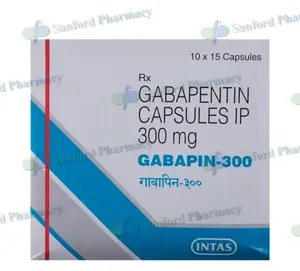
.webp)
.webp)
-(2).webp)
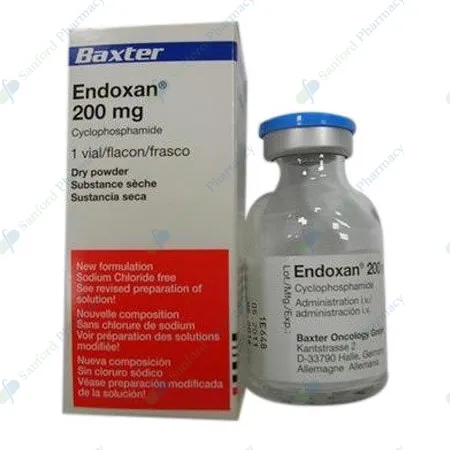
.webp)